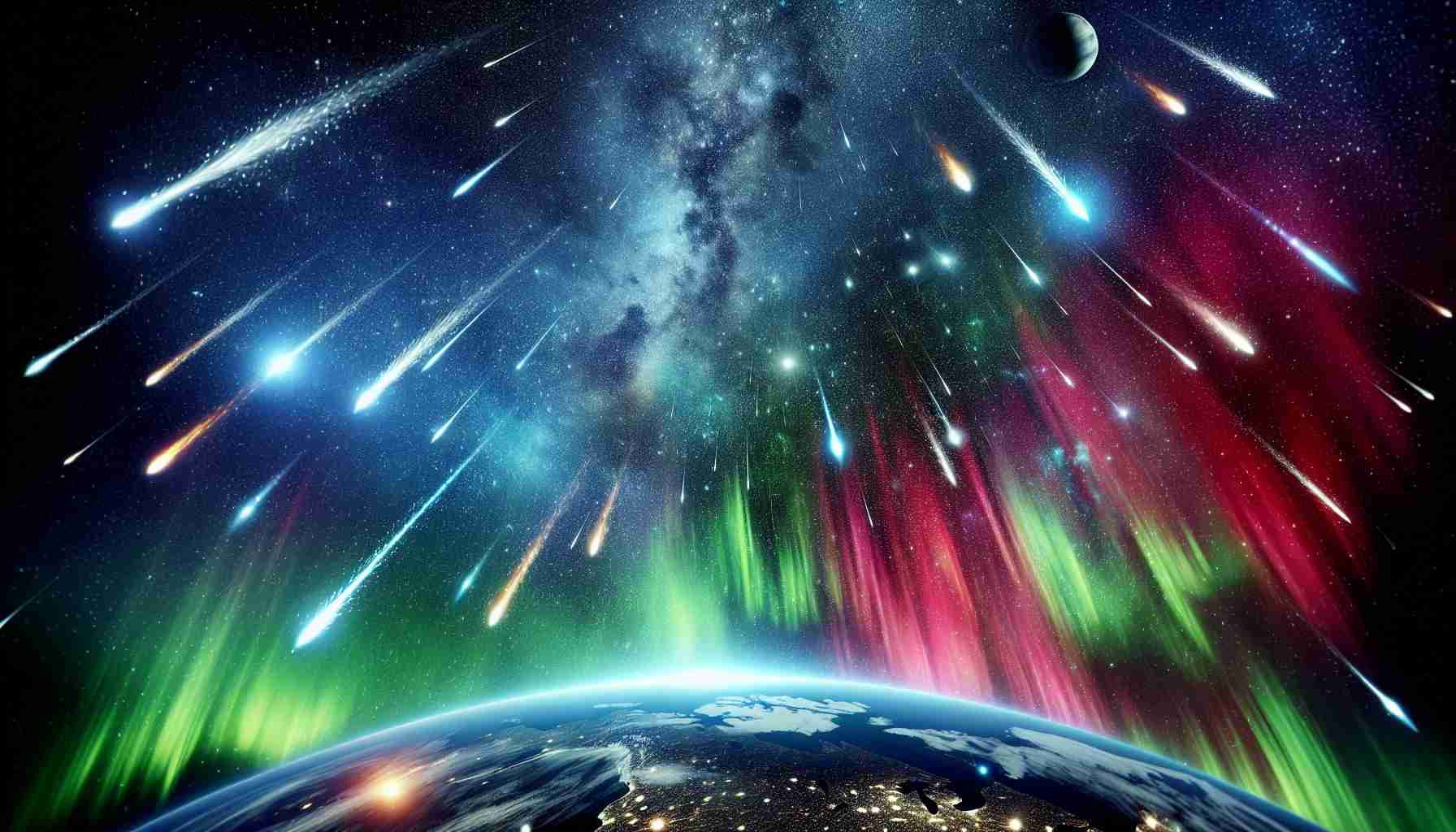Get Ready for a Year of Astronomical Wonders!
The wait for the next total solar eclipse might last until 2026, but 2025 is set to be an eventful year for skywatchers. As we step into the new year, an incredible lineup of celestial spectacles is on the horizon.
January welcomes a stunning display with a six-planet parade, captivating stargazers for weeks. The excitement intensifies in February as Mercury joins the ranks, creating a spectacular sight of seven planets aligning.
Mark your calendars for March 14, when a total lunar eclipse veils the moon for over an hour, visible across North and South America. Just two weeks later, a partial solar eclipse will sweep across parts of Maine, eastern Canada, Greenland, and more.
September brings another enchanting lunar eclipse that will be visible in Europe, Asia, and Africa, while shortly after, New Zealand and Antarctica will witness a partial solar event.
For lovers of the moon, three supermoons will rise in October, November, and December, making the nights brighter and grander. November’s supermoon will shine closest to Earth, enhancing its magnificent presence.
Moreover, expect vibrant displays of the northern and southern lights, as geomagnetic storms promise more color in the sky due to heightened solar activity.
Don’t miss out on dazzling meteor showers like the Perseids in August and the Geminids in December, along with many smaller showers throughout the year. Clear skies away from city lights will offer the ultimate viewing experience. Prepare for a stunning astronomical adventure!
2025: A Spectacular Year for Stargazers Awaits!
As we enter 2025, skywatchers are in for a remarkable treat, as this year is packed with incredible celestial events sure to dazzle the eyes of astronomy enthusiasts and casual observers alike. From planetary alignments to lunar phenomena, here’s what to look forward to in the cosmos.
Upcoming Celestial Events
Planetary Alignments and Eclipses
– Six-Planet Parade (January): The year kicks off with a spectacular display of six visible planets. This rare occurrence will allow stargazers to easily identify these planets in a stunning formation across the sky.
– Seven-Planet Alignment (February): In an extraordinary twist, Mercury joins the alignment in February, culminating in a rare seven-planet sighting. This event offers a fantastic opportunity for astrophotography and observation.
Lunar Eclipses
– Total Lunar Eclipse (March 14): Not to be missed, this total lunar eclipse will cloak the moon in a crimson hue for over an hour. Best viewed in North and South America, this is an ideal event for early risers and night owls alike.
– Partial Solar Eclipse (March 28): Just two weeks later, a partial solar eclipse will grace the skies, primarily visible from Maine, eastern Canada, and Greenland, among other regions. Be sure to use proper solar viewing glasses to enjoy this awe-inspiring event safely.
– September Lunar Eclipse: Later in the year, another lunar eclipse will dazzle audiences across Europe, Asia, and Africa, offering a nighttime spectacle not to be overlooked.
Supermoons and Meteor Showers
Supermoons (October – December)
Expect three supermoons in the fall months, particularly in October, November, and December. The highlight will be November’s supermoon, which will make its closest approach to Earth, making it appear larger and brighter than usual.
Meteor Showers
– Perseids (August): Early August will bring the annual Perseid meteor shower, renowned for its prolific display of shooting stars.
– Geminids (December): As the year concludes, the Geminids meteor shower promises one of the brightest displays, captivating audiences with its fast and colorful meteors.
Enhanced Viewing Conditions
With the potential for geomagnetic storms in 2025, aurora enthusiasts can anticipate vivid displays of the northern and southern lights. Increased solar activity may lead to more frequent and vibrant auroras, particularly in higher latitudes.
Practical Tips for Stargazing
– Best Viewing Practices: To enhance your astronomical experience, find a location with minimal light pollution. Check weather forecasts for clear skies, and consider using apps to track celestial events in real-time.
– Viewing Equipment: While many phenomena are visible to the naked eye, a good pair of binoculars or a telescope can significantly enhance your viewing experience.
Conclusion
2025 promises a plethora of astronomical marvels that enthusiasts and novices alike will not want to miss. From planetary parades to radiant meteor showers, prepare to be captivated by the wonders above and make the most of this spectacular year!
For more information on celestial events and stargazing tips, visit NASA for the latest updates and resources.














